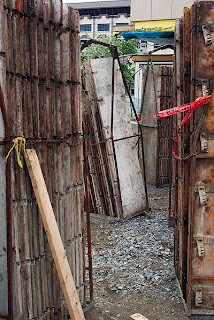Hutton on the Transport White Paper

There isn't an adult in Britain who does not believe that our transport system is overcrowded, unreliable and unfit for purpose...
Last week's white paper on the future of rail maintains the British tradition. There is to be tinkering at the margins ... but the Department of Transport has shrunk from any serious ambition to scale up British capacity.
The heart of the problem is the Treasury's attitude towards public debt and the way it calculates the payback from public infrastructure projects... its approach to infrastructure spending remains in the dark ages - an outlier of 19th-century thinking.
I might quibble with '19th century thinking' - in many ways the Victorians understood the importance of infrastructure spending better than we do now - but otherwise Hutton is spot on. By using a metric for assessing cost/benefit analysis that is hugely skewed (and probably a hang-over from Thatcherite thinking rather than the 19th century), the Treasury is failing the country, holding back economic development and producing more misery. The requirements of tackling climate change and supporting growth require congestion charging over all urban areas, massively increased spending on rail, and a widespread application of the polluter pays principle to transport (which means higher taxes for SUVs and air travel and subsidies to bicycles and buses).
Labels: Cost Benefit Analysis, Transport Policy




